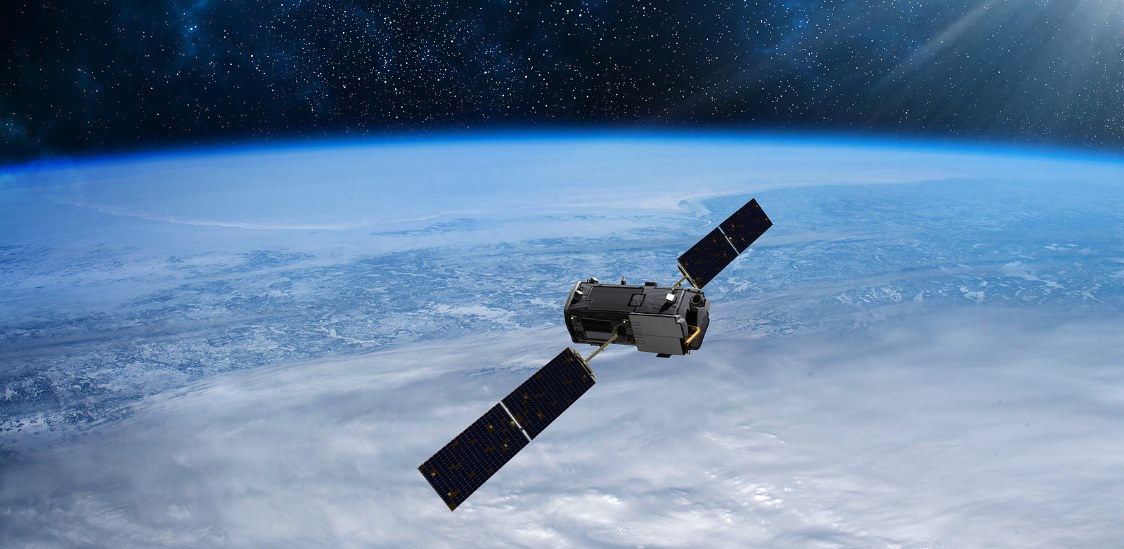Satellite-based internet is an exciting technology area that has come into the forefront of discussions in recent years. However, satellite-based internet is not necessarily a new concept. For years, various companies have pioneered different satellite-based internet services including Low-Earth Orbit (LEO) based internet or developing constellations to provide broadband internet across the globe. With these new developments, satellite-based internet is poised to become a crowded, highlight competitive market, especially as satellites remain all the rage.
For rural areas, this increase in satellite-based options provides opportunities to expand digital connection and communication. Satellite-based internet has proven a popular option in rural areas where terrestrial network infrastructure is sparse. In these cases, satellite-based internet serves an important niche market. In some markets it has even emerged as a competitive option to traditional Internet Service Providers. However, the most important role satellite-based internet may soon play is in tearing down the digital divide.
Right now, around one-third of humanity, roughly 2.6 billion people, have no access to the internet. This is the digital divide, and this digital divide typically falls directly on (and in some ways reinforces) socio-economic class boundaries. While many people across the world enjoy high resolution video broadcast, digital audio services, broadband 5G cellular services and high speed access to the internet, there is a large portion — many in impoverished, under-developed regions of the world – who still listen primarily to AM radio, occasionally have access to low resolution analog television broadcast and maybe have access to 1G or 2 cellular voice networks..
Current challenges with adoption
In many regions around the world, establishing and/or maintaining traditional networking infrastructure is difficult due to various factors including but not limited to economic realities. Establishing a network infrastructure requires tremendous financial investment. Purchasing the hardware, connecting the necessary assets and maintaining this hardware, make it difficult for governments to build the business case for this investment.
Satellite-based internet can change that. Expensive infrastructure, like base stations and towers, do not need to be built to support satellite-based internet. The satellites are the towers. People simply need end-user equipment, such as modems, routers, or a satellite dish, and they are connected. This technology has the potential to play an integral role in improving access to information and advancing digital inclusion worldwide.
Why we need satellite-based internet
With satellite-based internet, these otherwise disconnected societies have access to online learning resources.
The National Center for Education Statistics has consistently found a positive correlation between Internet access and higher literacy rates. Modern concepts like telemedicine can be used for those unable to access healthcare providers in person. By 2021 the FCC found that broadband network access is highly correlated with improved health outcomes. Simply put, with internet access the standard of living in these regions improve. This is the true promise of satellite-based internet services.
What will it take to make satellite-based internet available to everyone? One key technical advancement that will help is direct-to-device access. Currently, satellite internet needs an on-premises satellite terminal – like a dish — to catch signals from space, which then creates a local Wi-Fi network for your devices.
In the direct-to-device model, a user’s mobile device works directly with the satellite; acting as a cellular base station. This removes the need for specialized on-premises equipment that could be prone to theft or destruction — an important capability to enable growth in many regions.
Challenges with adoption
A key regulatory challenge remains. Satellite service providers can only operate in countries for which they have approval from local regulatory bodies and this global regulatory harmonization remains a challenge.
Another key challenge in the widespread availability of satellite-based internet access in underdeveloped regions is cost. Satellite-based internet services must be affordable, to be practical for widespread adoption. This is true for all markets, but especially true in developing regions of the world. While satellite-based internet access is considered cost-competitive in many developed markets, it can still be expensive in many regions of the world. Fortunately, increased future competition in the satellite-based provider market is expected to drive cost down. Furthermore, it is possible that the cost of access will decrease as the worldwide user base increases and economies of scale are realized.
Due to its ability to serve rural and remote areas with minimal infrastructure, satellite-based systems are a natural choice for providing internet access to underdeveloped regions and the direct-to-device access model is likely to make satellite-based access more practical for large-scale adoption. Despite key challenges, such as affordability and global regulatory harmonization, satellite-based internet is poised to finally bridge the digital divide and connect all of humanity.
The views expressed in this article belong solely to the author and do not represent The Fast Mode. While information provided in this post is obtained from sources believed by The Fast Mode to be reliable, The Fast Mode is not liable for any losses or damages arising from any information limitations, changes, inaccuracies, misrepresentations, omissions or errors contained therein. The heading is for ease of reference and shall not be deemed to influence the information presented.

